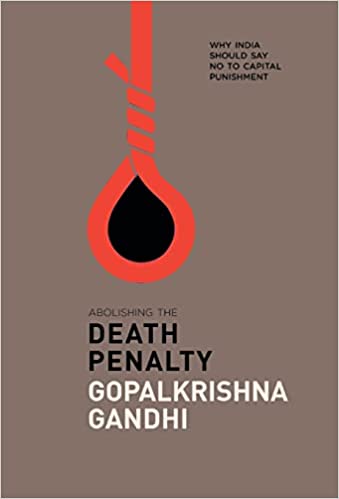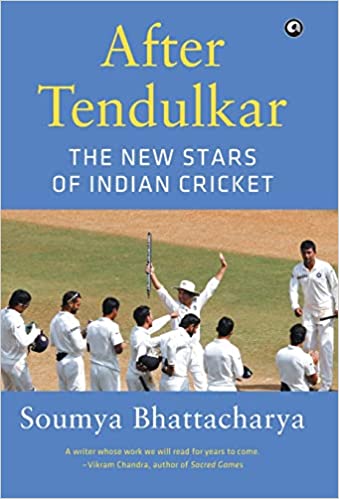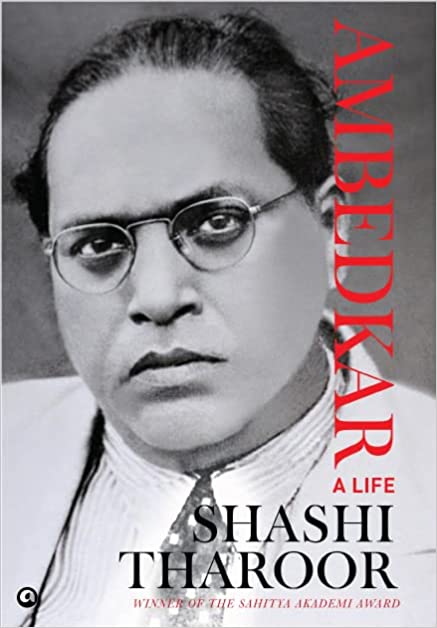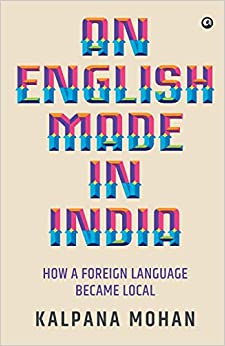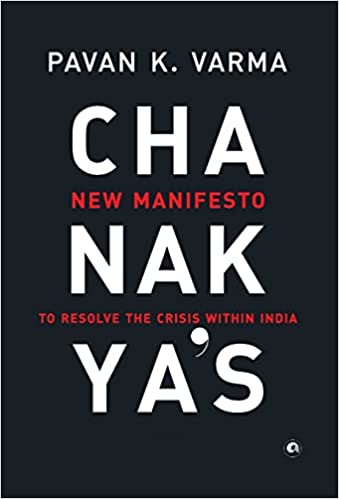political science
Entrances
Academic Books
Account Books
Administrative
Adventure
Advocacy and Adjudication
Aging
Agriculture
Agriculture
Agriculutre
Allied Health
Analysis
Animals
Animals and Birds
Anthology
Anthology
Aptitude Test
Arbitration and Conciliation and Mediation
Architecture
Architecture
Architecture
Art and Humaneties
asd
Astroloojy
Astronomy
Autobiography
Ayurveda
Banking
Banking and Insurance
Biography
BIOLOGY LIFE SCIENCE
Body & Spirit
Border Roads Organisation
BPSC
Business
Business Law
CA
Chemistry
Child, Young and Adult
Children dictionaries
Childrens Books
Civil Procedure and Practice
CLASSIC FIC(PRE 1945)
Climbing or mountaineering
Comics
Comics & Graphic
Commerce
Communication & Media Studies
Competition Law and MRTP
Competitive Exams
Computer
Computer
Constitutional Law
Consumer Protection Law
Contempt of Court and Legislatures
Contract Law and Specific Relief
Cook Books
Cook books
cookery
Corporate Law
Corporate Laws
Counseling
Court Fees
Crafts & Hobbies
Crafts and Home
Crime Books
Criminal Law
Criminology
CTET
Defence
Dental Science
Dentistry
Dictionary
Direct Tax Laws
Direct Taxes
Drafting and Pleading and Conveyancing
Drama
E-Commerce
Earth science
ECO FIN BUSS & MGMNT
Economics
Economics & Development Studies
Education
Election Laws
Electricity Law
Electronics and Engineering
ENCYCLOPAEDIA
Engineering
Engineering & Computer
English Language Teach
ENGLISH LANGUAGE TEACHING
Entertainment
Environmental Law
Environmental Science
Evidence
Fairy Stories
Family and Personal Laws
Family Studies
Family/Personal Laws
Fashion and Design
Fiction
Film and Cinema
Finance
Food & Cook
Food and Drink
Games & Activities
Gender Studies
General knowledge
Geography
God and Godess
Graphic Novels
GST
Gujrati
HCUS - IMPORTS
Health & Fitness
Health & Fitness
Health & Nursing
Health, Personal, development
Hinduism
History
Horror
Human Rights
Humanities
HUMOUR
Income Tax
India Major Works
Indirect Tax Laws
Indirect Taxes
Industries
Information Technology Law
Insolvency
Insolvency and Bankruptcy Code
Insurance Law
Intellectual Property Law
International Law
International Taxation
Interpretation of Statutes
Islam
Judicial System
Jurisprudence
Labour and Industrial Laws
Labour and Service Law
Labour and Service Laws
Language
Law
Law Manuals
Legal Biography
Legal Education and Entrance Examinations
LIFESTYLE,SPORT,LEIS
LIT:HISTORY,CRITICSM
Literature
LITERATURE STUDIES
Management
Management & Organization Studies
Marketing
Marriage and Relationships
Mass Communication
Mathematics
MATHEMATICS & SCIENC
Mechanical Engineering
Medical
Medical
Medico Legal
MIDDLE GRADE READERS
MODERN FIC(POST 1945)
Motor Vehicles Law
Music
Mythology
Nature
Nature
No Food Science
Non-fiction
Nonfiction
NTA UGC
Nursing
Nursing
Operations and Decision Sciences
Organisational Behaviour
Ornithology
Other
Other Laws
Other Titles
Paramedical
Paramedical
Partnership Law
Pharmacy
Philosophy
Photography
Photography
Physics
PICT ACTIVITY BOOKS
Poetry
Politics
Press, Media & Telecommunication Laws
Property Law
Psychology
Punjabi
Raamaayana
Railway
REF,INFO,INTERDISCIP
Religion
Research and Reference and Lexicons and Dictionaries
Research Methods
Right to Information
Romance
Sale of Goods Act
Sanskrut
Scholarship
Science Fiction
Self Help
Share market Trading
Short Stories
Social Behaviour
social science
Social Work
SOCIETY & CULTRE
Sociolinguistics
Sociology
Spiritual
Spirituality
Sports
Sports Law
Statistics
Story Book
Study material
Tax and Accounting
Textbooks
Textile
THE ARTS
Torts and Consumer Protection
Transfer Pricing
Travel
Travel
UPSC
Urban Studies
Wild Life
Wildlife
Workbook
Yoga

Nonfiction
The World We Have
In The World We Have, Zen master Thich Nhat Hanh offers hope and a clear model of engagement to safeguard the future of our planet. Blending spiritual practice with environmental conservation, Thich Nhat Hanh shows us that the deteriorating state of our environment is not cause for despair but a call to action.
He teaches us that humans are a young species—dependent on and connected to all life on Earth—who are capable of adopting mindful and sustainable living practices. The World We Have reminds us that it is a blessing to be alive and inspires a collective awakening towards lasting peace on our planet.
Practical and highly accessible, Thich Nhat Hanh’s The World We Have is an essential guide for those who wish to adopt mindful and sustainable living practices for the betterment of the planet. Blending spiritual practice with environmental conservation, Thich Nhat Hanh shows us that the deteriorating state of our environment is not cause for despair but a call to action.
Thich Nhat Hanh is one of the world’s best-known Zen Buddhist teachers and the bestselling author of numerous books on mindful living.
Lords of the Deccan: Southern India from the Chalukyas to the Cholas
The history of the vast Indian subcontinent is usually told as a series of ephemeral moments when a large part of modern-day India was ruled by a single sovereign. There is an obsession with foreign invasions and the polities of the Gangetic plains, while the histories of the rest of the subcontinent have been reduced to little more than dry footnotes. Now, in this brilliant and critically acclaimed debut book, Anirudh Kanisetti shines a light into the darkness, bringing alive for the lay-reader the early medieval Deccan, from the sixth century CE to the twelfth century CE, in all its splendour and riotous glory. Kanisetti takes us back in time to witness the birth of the Chalukyas, a dynasty that shaped southern India for centuries. Beginning at a time when Hinduism was still establishing itself through the Deccan, when the landscape was bereft of temples, he explores the extraordinary transformation of the peninsula over half a millennium. In vivid and colourful detail, Kanisetti describes how the mighty empires of medieval India were made: how temple-building and language manipulation were used as political tools; how royals involved themselves in religious struggles between Jains and Buddhists, Shaivas and Vaishnavas; and how awe-inspiring rituals were used to elevate kings over their rivals and subjects. In doing so, he transforms medieval Indian royals, merchants and commoners from obscure figures to complex, vibrant people. Kanisetti takes us into the minds of powerful rulers of the Chalukya, Pallava, Rashtrakuta and Chola dynasties, and animates them and their world with humanity and depth. It is a world of bloody elephant warfare and brutal military stratagems; of alliances and betrayals; where a broken king commits ritual suicide, and a shrewd hunchbacked prince founds his own kingdom under his powerful brother's nose. This is a world where a king writes a bawdy play that is a parable for religious contestation; where the might of India0́9s rulers and the wealth of its cities were talked of from Arabia to Southeast Asia; and where south Indian kingdoms serially invaded and defeated those of the north. This painstakingly researched forgotten history of India will keep you riveted and enthralled. You will never see the history of the subcontinent the same way again.--Front cover flap of book jacket.
South vs North: India's Great Divide
The book is divided into three parts, with the first part taking stock of the divergence between the northern and southern States in terms of development metrics like health, education and economic prospects. He is critical of the methodology and data of several government reports like the Good Governance Index or the way NITI Aayog tracks the sustainable development goals (SDGs). “The purpose of comparing States in these reports seems to be to rate the State governments of the day based on the policy prerogatives of the Union [government].” Why are the southern States doing so much better than the north? That’s the question data scientist Nilakantan R.S. strives to answer in his new book, South vs North: India’s Great Divide. At the time of independence, he writes in the Introduction, the southern States were indistinguishable from the rest of India in terms of their development metrics. Today, the difference couldn’t be starker. Backed with data, statistics, research and reporting, he provides the possible reasons, starting with the most important economic resource a State can have: its people. “A healthy and well-educated population with a reasonably well-run government is likely to have better economic prospects. The income levels and job prospects in south India are, unsurprisingly, significantly better than in the north.” But this success may also put the southern States, which are performing well, under pressure. If increasing centralised policy-making is one area of concern, the south’s better management of population growth is also working to its disadvantage, he argues. “Resource allocation by the Indian Union heavily favours the north and works against the south. The south is taxed more, both in absolute terms and on a per capita basis, but receives far less allocation in return, simply because its population growth is lower.”
WHEN ARDH SATYA MET HIMMATWALA THE MANY LIVES OF 1980s’ BOMBAY CINEMA
The 1980s. In Hindi cinema, it was the decade of the dark and powerful police drama Ardh Satya. It was the decade of the kitschy excess of the action comedy Himmatwala. It was a decade of opposites. It was a time when the best of New Wave 2.0 won acclaim and awards across the globe, and B-grade ‘sex films’ drew crowds into rundown small-town theatres; when ridiculous lyrics set to ‘disco music’ created massive chartbusters, and the poetry of Kabir, Tulsidas and Faiz also found space in film songs. It was a time when Amitabh Bachchan’s injury had all of India praying for a miracle; when Peter Pan Jeetendra was spending more time shooting in Madras than in Bombay; when Rekha still ruled but Sridevi was rising to superstardom; when Naseer, Shabana, Om and Smita were the Fab Four of arthouse cinema; when the flamboyant dancing stars Mithun and Govinda brought a whole new aesthetic to Bollywood; when North and South met and mated like never before. It was a time of furious change beyond the silver screen, too: video cassettes brought cinema to drawing rooms and bedrooms; television and one-day cricket emerged as fierce competition to films; piracy put movie theatres in crisis; film stars were elected to the Indian Parliament in surprising numbers. In this thoroughly researched and entertaining book, Avijit Ghosh, author of the acclaimed bestsellers Cinema Bhojpuri and 40 Retakes, narrates the fascinating story of perhaps the most eventful, disruptive and transformative decade of Hindi cinema.
T.N. RAJARATTINAM PILLAI CHARISMA, CASTE RIVALRY AND THE CONTESTED PAST IN SOUTH INDIAN MUSIC
Terada Yoshitaka, Professor Emeritus at the National Museum of Ethnology, Osaka, Japan began his journey with South Indian music with a rather simple query. Why had Periya Melam (the traditional musical genre featuring the nagasvaram and the tavil), which is considered to be extremely important in the religious and social life of South Indian Hindus, been neglected by both Indian and non-Indian scholars? As he began his field research, Terada realized that the history of Periya Melam is inextricably linked with the life of the master of nagasvaram, T.N. Rajarattinam Pillai (1989-1956). T.N. Rajarattinam Pillai: Charisma, Caste Rivalry and the Contested Past in South Indian Music focuses on the influential artist’s life and work, illuminating important aspects of caste-based relations in South Indian music. Backed by extensive field research and scholarship, this book is also a pioneering ethnographic account of Periya Melam, its practitioners and the significant changes in the genre that took place in the twentieth century.






